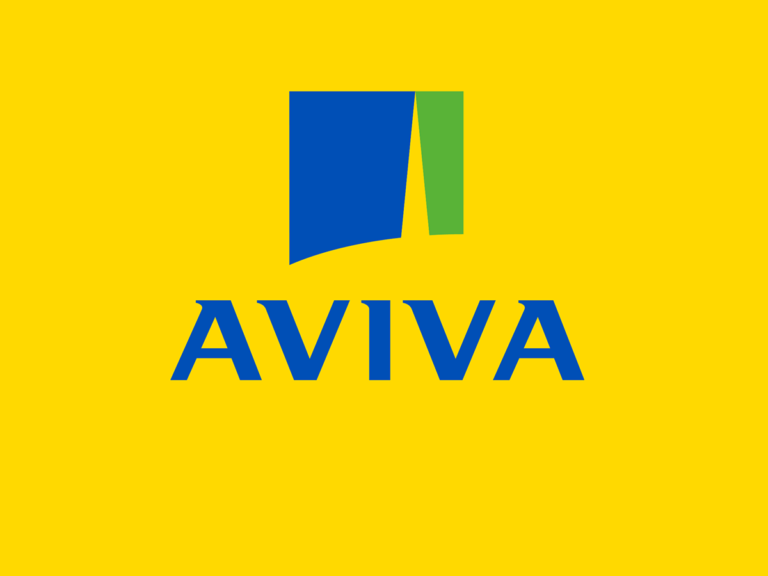Title Page
-
Date
-
Completed by
-
Location
-
To view our Loss Prevention Standard that supports this checklist, please view the following link : https://broker.aviva.co.uk/documents/view/aviva_ammonia_refrigerations_systems_lps.pdf
Ammonia Refrigeration Systems
-
1. Is the following known:<br>• Stored volume of ammonia?<br>• Operating temperatures?<br>• Operating pressures?
-
2. Have formal risk assessments been completed arising from the use of ammonia:<br>• Hazardous assessments?<br>• Operability assessments?<br>• Regulatory assessments, e.g. DSEAR, ATEX or COMAH?<br>• Are any recommendations or improvements raised by these assessments tracked?<br>• Are these improvements all completed?<br>• Are the assessments up to date?<br>• Are the assessment return periods known?
-
3. If there was a release of ammonia does this expose any other assets? <br>Has this formed part of a formal risk assessment?<br>Examples:<br>• Air intakes<br>• Compressed or instrument air supplies<br>• Products susceptible to contamination<br>• Incompatible materials or chemicals
-
4. Is the room housing the ammonia equipment/network dedicated to this activity?<br>• Is it located on an outside wall or detached?<br>• Is it cut-off from surrounding buildings by at least 1-hour rated construction?<br>• Are there any floor or ceiling voids?
-
5. Is access to the room from an external door only?<br>Are there any doorways from within a principle building?
-
6. Does the ammonia plant room have appropriate signage and labelling - information and safety should be displayed externally and internally?
-
7. Are there any penetrations from the room into other buildings?<br>• Is appropriate fire stopping provided?<br>• Are there any larger openings?<br>o Are these appropriately protected against an ammonia leak?
-
8. Does the room have explosion relief?<br>If yes, is the:<br>• Relieving area away from buildings, equipment and personnel exposures?<br>• Design standard known?<br>• Design area known?<br>• Relief inspected, tested and maintained?
-
9. Are all electrical systems and devices appropriately rated for safe use in the expected atmosphere?<br>Are electrical systems/devices risk assessed?
-
10. Does the room have low-level air intakes and high-level air extraction?<br>• Is the ‘normal’ extraction rate known?<br>o Is this a minimum of 0.305m3/m2/min?<br>• Is emergency ventilation at a higher rate also provided?<br>• Is the emergency extraction rate known?<br>o Is this a minimum of 3.05m3/m2/min?
-
11. Is the ventilation system monitored?<br>• Are there failure alarms?<br>• Is low flow or low volume monitored?
-
12. Does the room have automatic ammonia leak detection?<br>• Is more than one detection device provided?<br>• Are the locations of these devices appropriate for ammonia?<br>• Is this calibrated and tested regularly?
-
13. Is the 1st stage of the ammonia alarm set at 25% of the LEL?<br>• Is the ventilation rate interlocked to increase upon this alarm?<br>• Is this tested regularly?
-
14. Is the 2nd stage of the ammonia alarm set at 50% of the LEL?<br>• Is the ammonia equipment interlocked to shut down upon this alarm?<br>• Is this tested regularly?
-
15. Are the following connected to a constantly attended location:<br>• Ammonia system operability/interlocks/process alarms?<br>• Ammonia leak detection system?<br>• Ventilation/extraction?
-
16. Is automatic fire detection provided within the room connected to a constantly attended location?<br>Is the ammonia equipment interlocked to shut down upon this alarm?
-
17. Is automatic sprinkler protection provided to the room?
-
18. Is a water-based vapour/gas knock down system provided in the room or at the perimeter of the room?<br>• Is this manually activated?<br>• Is this automatically activated?
-
19. Is all the ammonia leak detection, ammonia release, fire detection and fire suppression systems inspected, tested and maintained in accordance with the manufacturer’s guidelines and local regulatory requirements?<br>Are all interlocks tested at least annually?
-
20. Is the room clear of all ordinary combustible materials and maintained as sterile?<br>Does the room only house the operational ammonia hardware?
-
21. Are regular recorded housekeeping checks completed to ensure the area is maintained and kept to appropriate standards?<br>Is the room visited on every shift to make visual checks?
-
22. Is a regular recorded visual inspection of accessible pipes and vessels undertaken for evidence of leaks/damage, etc?
-
23. Is access to the room restricted to named personnel?
-
24. Are personnel with access appropriately trained on the hazards associated with ammonia?<br>Is all training and refresher training recorded?
-
25. Is a formal permit to work system in place as part of the management of any works to be completed on the ammonia systems?<br>Are appropriate risk assessments and method statements in place prior to completion for any work associated with the ammonia system?
-
26. Are the ammonia system components inspected, tested and maintained in accordance with the manufacturer’s guidelines?
-
27. Are all engineers’ workshops and stores in separate areas to the ammonia equipment?
-
28. Are any spare cylinders or volumes of ammonia stored in a separate storage area away from incompatible materials?<br>• Are full and empty cylinders stored in segregated areas?<br>• Are all cylinders secured?
-
29. Is there a formal Emergency Response Plan for an incident involving the ammonia system?<br>• Fire?<br>• Loss of containment?<br>• Is there a windsock or alternate means of knowing the wind direction?<br>• Are there appropriate evacuation routes and assembly points based on wind direction?<br>• Are key individuals identified and trained?<br>• Is appropriate PPE provided?<br>• Are any individuals trained with self-contained breathing apparatus?<br>• Has liaison occurred with the public fire authorities, environmental, water company and any other public bodies?<br>• Has the public response been supported by on-site visits?<br>• Is there safe access for Emergency Services for fire-fighting?<br>• Is the plan practiced at least annually?
Sign Off
-
Additional Comments
-
Completed by (Name and Signature)














